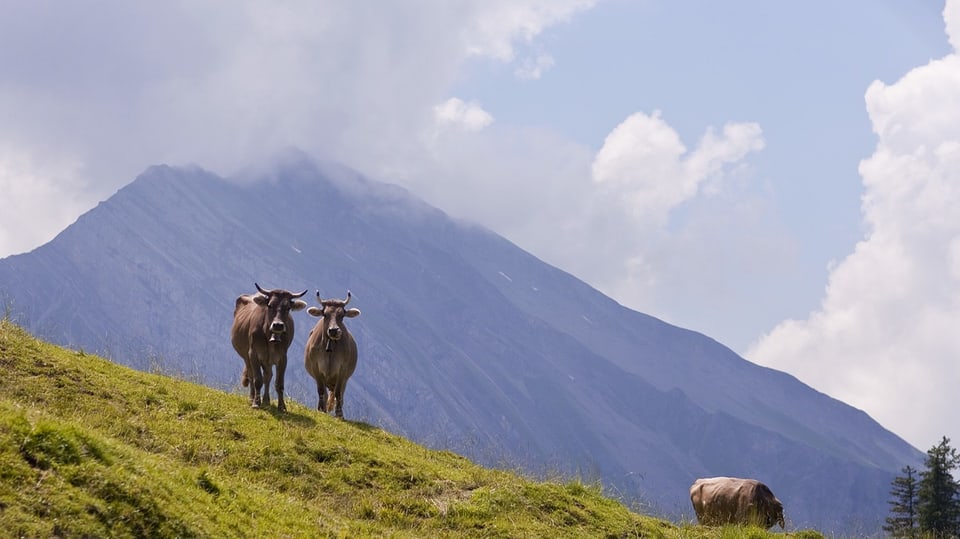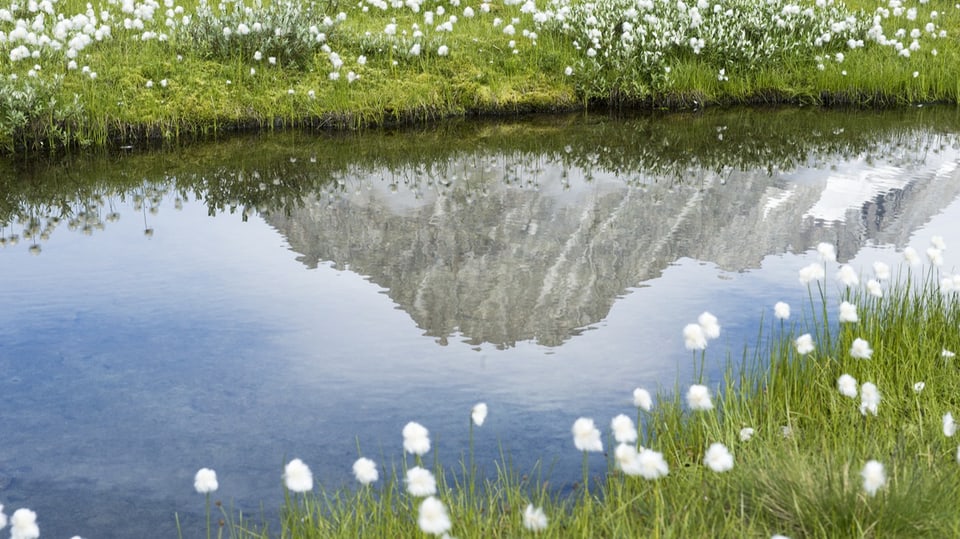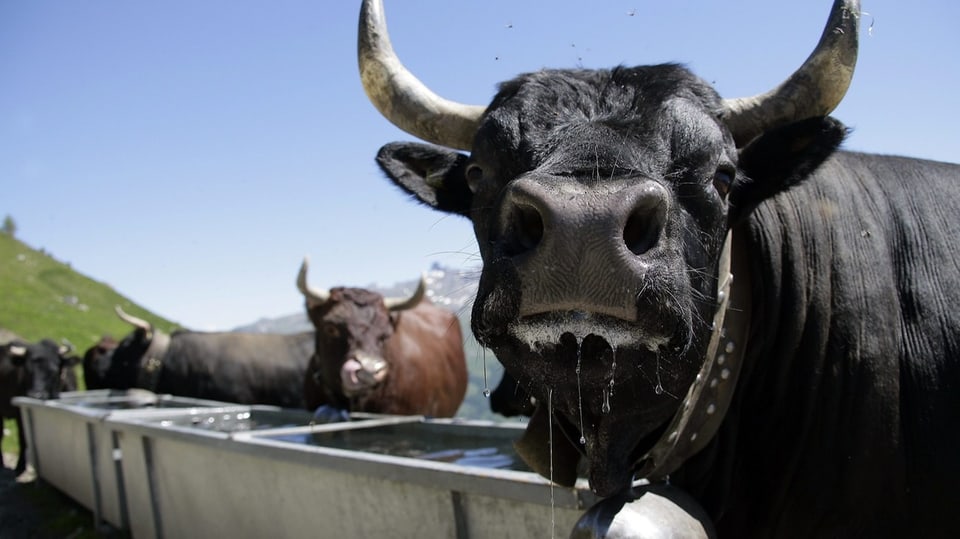Contents
There is no rain, the glaciers are disappearing: in Central Switzerland, alpine farmers are looking for fresh water for their businesses.
André Windlin would not have thought that the water situation in the Alps would worry him again this year after the dry summer of 2022.
Many springs are already producing less water than usual.
“After the heavy rainfall in the spring, I assumed that we wouldn’t have any problems this time,” says the head of the Office for Agriculture and the Environment in the Canton of Obwalden. “But now many springs are already producing less water than usual.”
After all: There are currently no acute difficulties with the water supply in the Alps in the canton of Obwalden. However, it is not certain whether this will remain the case.
In addition to the rain, there is also a lack of meltwater
As a result of the lack of snow in the winter, only little meltwater flows from the high mountains to the lower elevations. If the rain stays scarce in the coming weeks, it could become critical again for the alpine farms. A cow happily drinks 100 liters of water on a hot day.
Legend:
A cow can develop a mighty thirst: on a hot day, it drinks up to 100 liters of water.
Keystone/Olivier Maire
In the central Swiss cantons, the situation is even more tense than in the rest of German-speaking Switzerland. The canton of Schwyz, for example, suffered little from the local thunderstorms that hit the foothills of the Alps and on the north side of the Alps in June.
Also here: The supply of humans and animals with fresh water works at the moment. But, says Daniel von Euw, Managing Director of the Oberallmeind Corporation: “The dry summers are becoming more frequent, and the situation in our area is critical in some places.”
Schwyzer Älpler ensure dry summers
With more than 9,000 hectares of forest, the Oberallmeind corporation is the largest non-governmental forest owner in Switzerland – but it also owns around 8,000 hectares of alpine pastures, which are managed by 155 alpine farmers.
And the corporation there is preparing for more dry summers.

Legend:
The Oberallmeind corporation does not expect summers to be rainier again any time soon – and is banking on water supply projects for the Alps.
Keystone/Gaetan Bally
“We try to keep as much water as possible up in the Alps,” says Daniel von Euw. In concrete terms, this means that springs, which the alpine people have known for years as reliable water suppliers, are re-collected, the water is stored in newly created reservoirs or channeled into existing natural ponds.
We try to keep as much water as possible up in the Alps.
Several such construction projects are underway, two are nearing completion. One is about not simply allowing water to seep away in the karstic mountains in the Muotathal area until it emerges again down in the valley – but to hold it back higher up.
The cost of supplying water to the Alps has risen
Cost for this: around two million Swiss francs. With the increasing warming of the climate, the costs for comparable construction projects are likely to rise.
According to the Federal Office for Agriculture, the Confederation and cantons spent a good 22 million Swiss francs on water supply projects for alpine farming last year – in 2013 it was 4.3 million.
It is also clear to Daniel von Euw from the Schwyzer Oberallmeind Corporation: Cooperation between the Alps must improve. “In the past, every alp made sure it had enough water. If you organize yourself better across regional borders, bottlenecks can be alleviated.”

Legend:
In many places, springs and streams in the Alps are less productive than they used to be – but better cooperation between the individual Alps could alleviate some of the supply bottlenecks.
Keystone/Dominic Steinman
There aren’t any comparable projects in the canton of Obwalden that are ready to say. Last summer, army helicopters brought water to the difficult-to-access Alps. But André Windlin from the Office for Agriculture and the Environment says: “It’s time-consuming and expensive – and not sustainable.”
